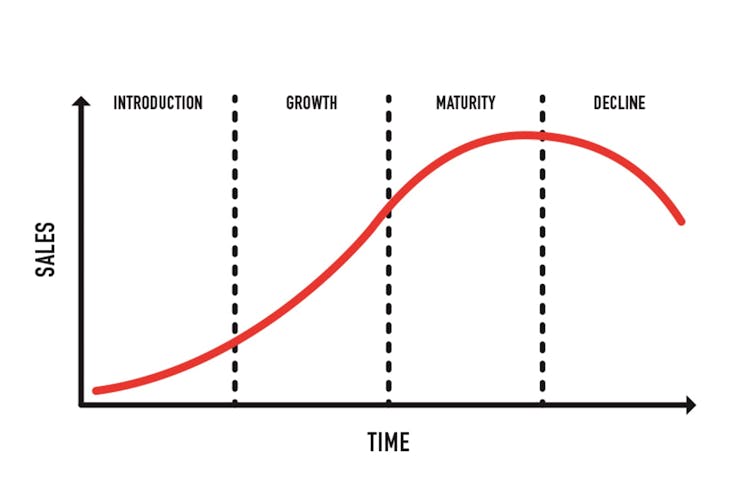Buildings account for 30-40% of global emissions, but renovation rates are still far too slow to meet the Paris Agreement goals. Will smart tech make the difference? The Climate Group’s LED Programme Manager, Toby Morgan, explores.
How we enable more rapid retrofitting and building of net zero carbon buildings was a topic of hot discussion at last month – the first one ever to be held virtually.
Improving millions of buildings will create , helping us rebuild economically after COVID-19. There are also wider social benefits from improved air quality and healthier indoor environments, and less strain put on public health services.
Companies also have a huge opportunity.
Smart energy measures often come with rapid rates of return on investment and significant financial reward. Advances in smart technologies and digitalisation are providing ways to .
Think of an average office you pass at night with all the lights left on – it’s such a waste. Occupancy sensors allow you to use only those that are really needed, and this can be linked to the heating, ventilation and air conditioning (HVAC) systems too.
And smart tech is needed now more than ever as we try to get back to work safely during the pandemic.
In Signify’s energy efficient LED lighting system, sensors give information to building managers that can help to maintain safe occupancy levels, and even help employees to find available desks and meeting rooms through a smartphone app.
Workplaces are usually where we spend a huge amount of our time and we now know that energy efficient, well-lit buildings with good indoor air quality are key to healthy and productive workers.
Not only do with owe it to the environment to take action; it is also imperative for the physical and mental wellness of everyone in them.

Is smart tech the panacea to achieving net zero buildings as some people might have you believe? No. We need a much broader range of measures to maximise our efficiency and make sufficient and rapid cuts in our emissions.
Can smart tech help us in reaching our decarbonisation goals and enabling safe, healthy and productive workplaces? Absolutely.
The growing number of member companies and signatories of the are showing it’s a sensible path.
The International Energy Agency (IEA) estimates that energy efficiency improvements can deliver needed to meet global climate goals.
With less than 10 years left to halve global emissions in the , it’s vital that companies everywhere get on board.
Since 2010 the Climate Group has worked with Signify to drive global uptake of energy efficient LED lighting. Signify have recently made an announcement that they are carbon neutral across all operations and launched their strategy. If you missed our Smart Building event during Climate Week NYC, .







